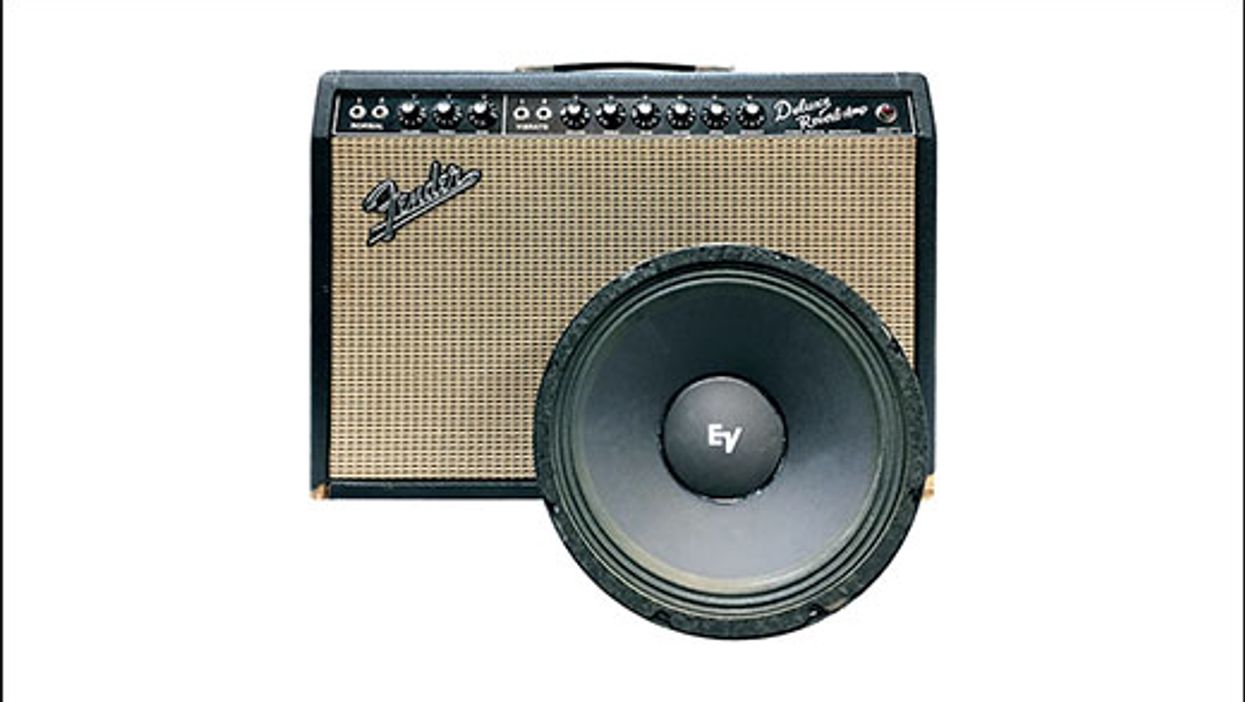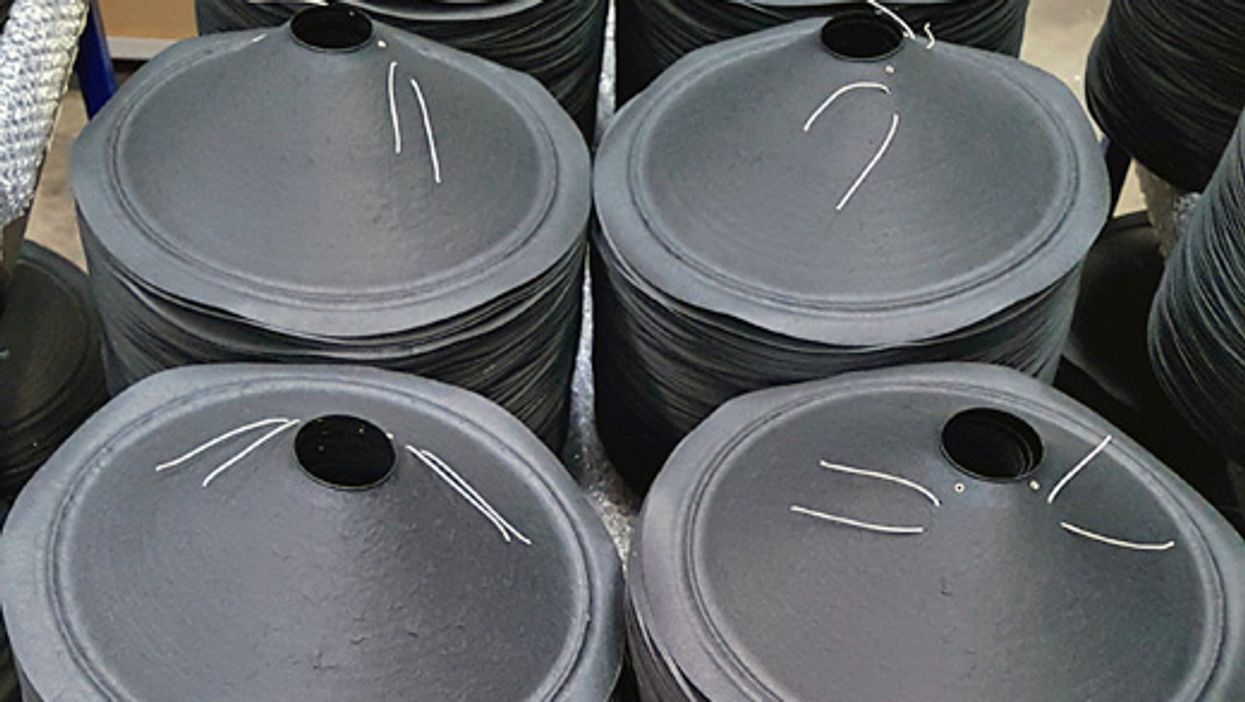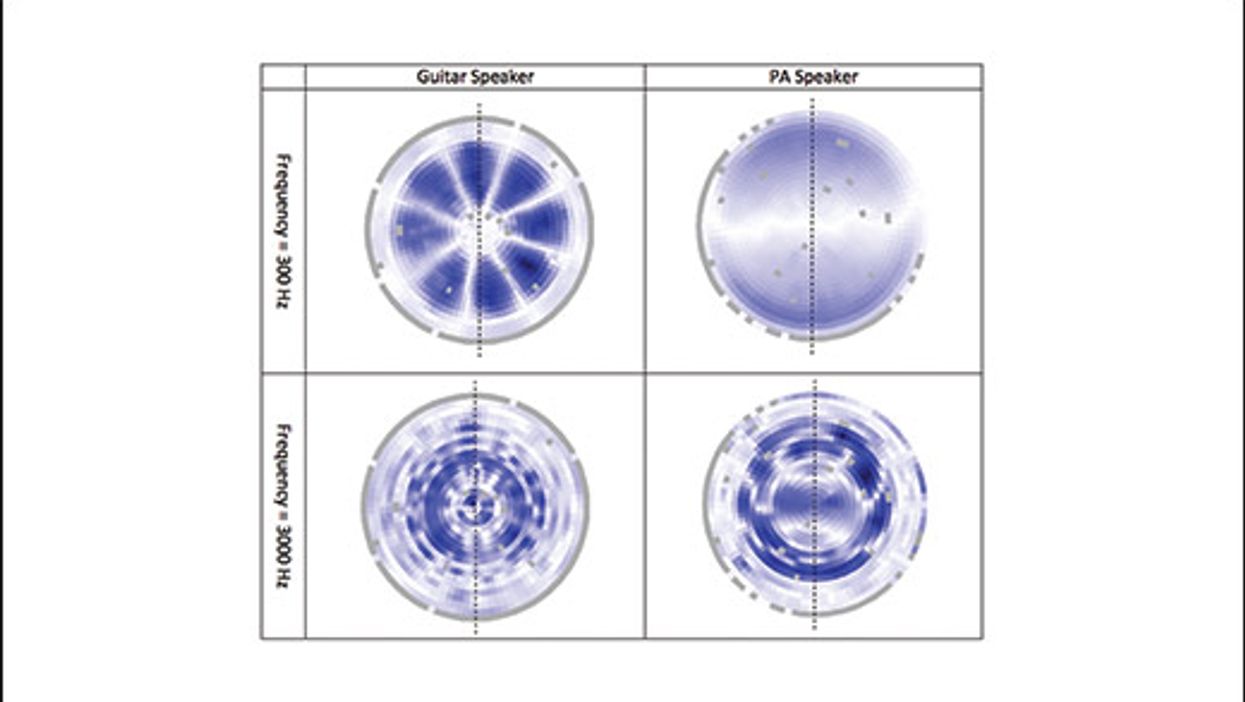If you’re like me, chances are you’ve had the opportunity to play through a 100-watt tube amp and a 4x12 cabinet. Perhaps you’ve had the opportunity to play through three 100-watt amps driving three 4x12s at the same time. It’s awesome! Once you start playing through multiple cabs, odds are good someone will ask you if you need “all that equipment,” smiling smugly like it was the first time you’d ever heard that before.
My answer is always a very confident “yes,” usually followed by some quip about how I actually need more. At one point, I owned six 4x12 cabinets. (I’m currently down to just two.) As Steven Fryette pointed out in his recent Speaker Geeks article, the size and shape of the cabinet has a great effect on a speaker’s performance. That said, I became so infatuated with how nicely the standard-sized 30"x30" boxes stack together to build a wall, I grabbed anything I could get my hands on. I came to that outrageous number of 4x12 cabs because I bought them used or empty, and then filled them with my own speakers and wiring.
Maybe you want to build a wall of cabs yourself and take the upgrade route like I did. Maybe you need some help with wiring said cabs. I am here to offer my guidance, grasshopper.
A typical 4x12 cabinet is rated at 16 ohms. The conventional wiring is called series-parallel, and the speakers themselves are each 16 ohms. Fig. 1 shows how to connect four 16-ohm speakers in a series-parallel configuration. This is your classic 4x12 schematic. Red is positive (+) and black is negative (-).
Fig. 1 — Image courtesy of Weber Speakers
The 4x12 cabinet is sometimes referred to as a half-stack, and players routinely connect two of them to a single amp to create a full stack. A 4x12 cab is typically 16 ohms, so when you connect two of them together in parallel, the total load becomes 8 ohms. Most amplifiers on the planet can run an 8-ohm load, so this is desirable. I should mention that, for some reason, many venues aren’t happy when you show up with a full stack.
Note: Some 4x12s have an 8-ohm rating and contain a quartet of 8-ohm speakers. This is still series-parallel wiring, so following this diagram will still work.
Always be sure your amp head is set to the total load. So, for example, if you have two 16-ohm cabs for an 8-ohm total, then set your amp to 8 ohms. You could also use two 8-ohm cabinets for a 4-ohm total load. In that case, just set your head to 4 ohms.
You never want to connect cabinets of different impedances because an amp does weird stuff when it sees a mismatch. If you were to connect a 16-ohm cab and an 8-ohm cab to a head, then you would have a 5 1/3 repeating-ohm total load, but the 8-ohm cab will get twice the power of the 16-ohm cab, which doesn’t sound awesome. If you have differing impedances, use separate heads for each cab and simply set them to their respective cab’s impedance. That will sound awesome.




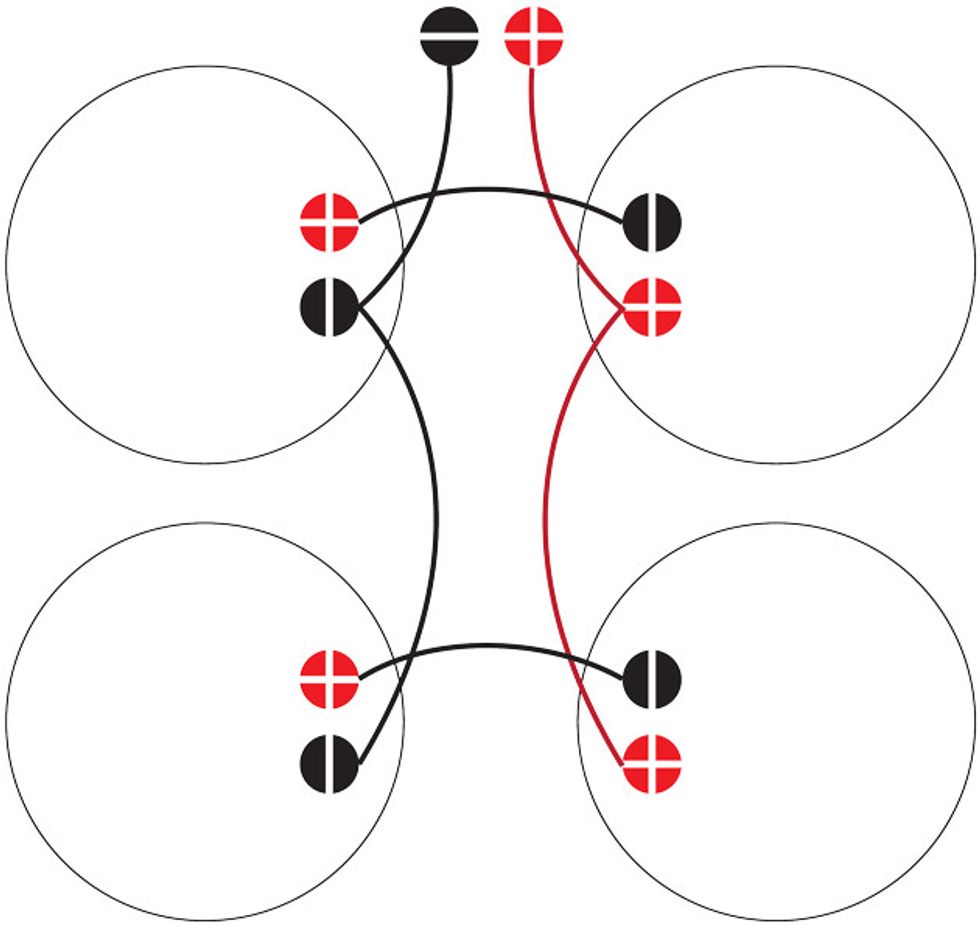




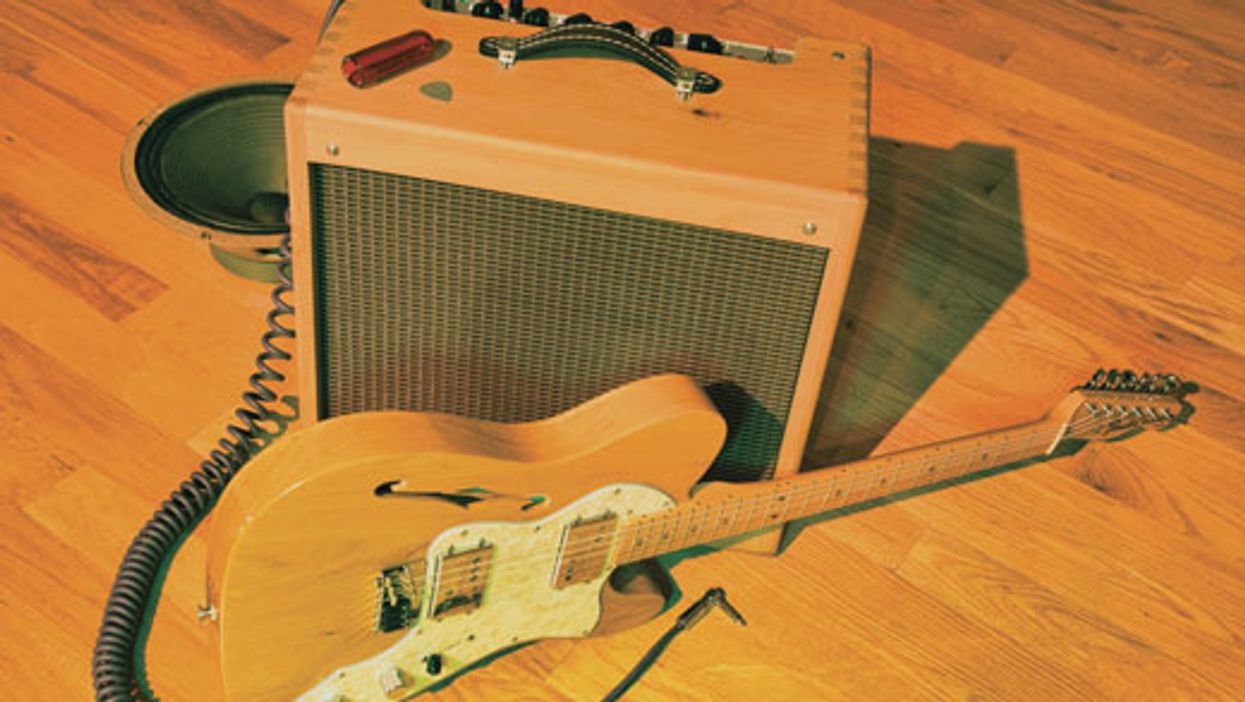



![Rig Rundown: Russian Circles’ Mike Sullivan [2025]](https://www.premierguitar.com/media-library/youtube.jpg?id=62303631&width=1245&height=700&quality=70&coordinates=0%2C0%2C0%2C0)


